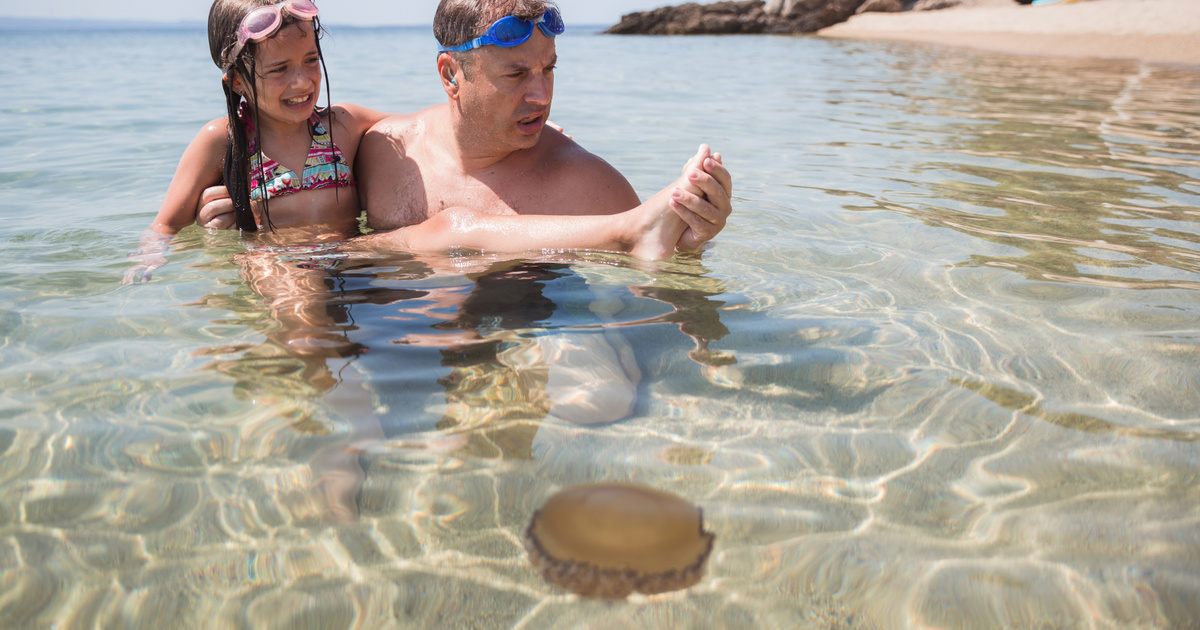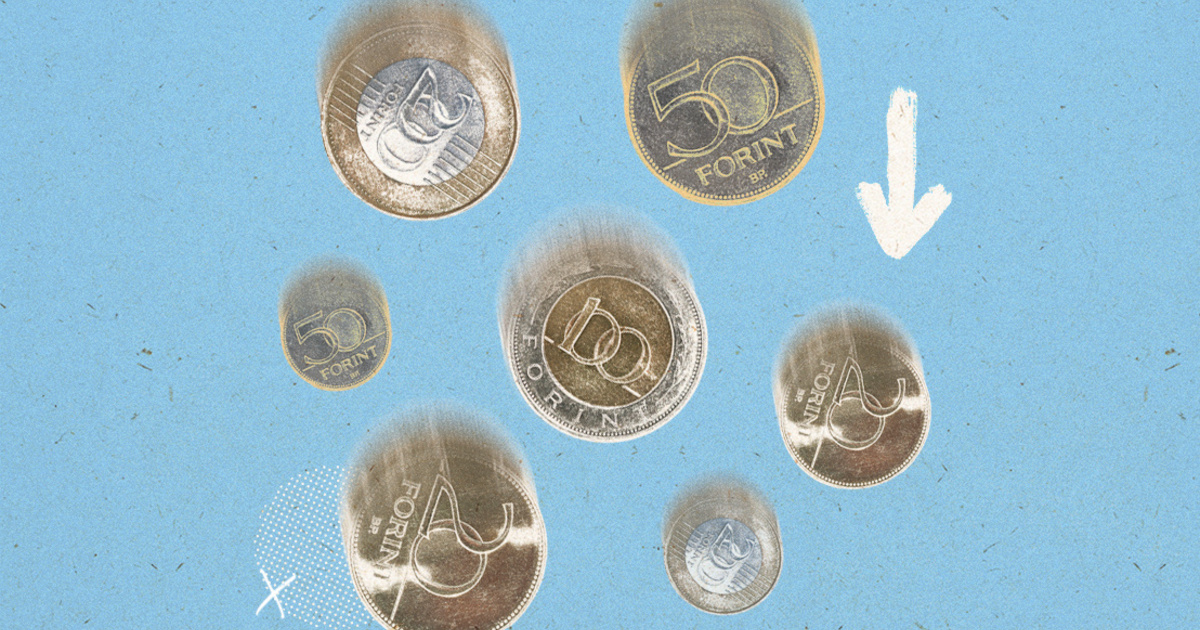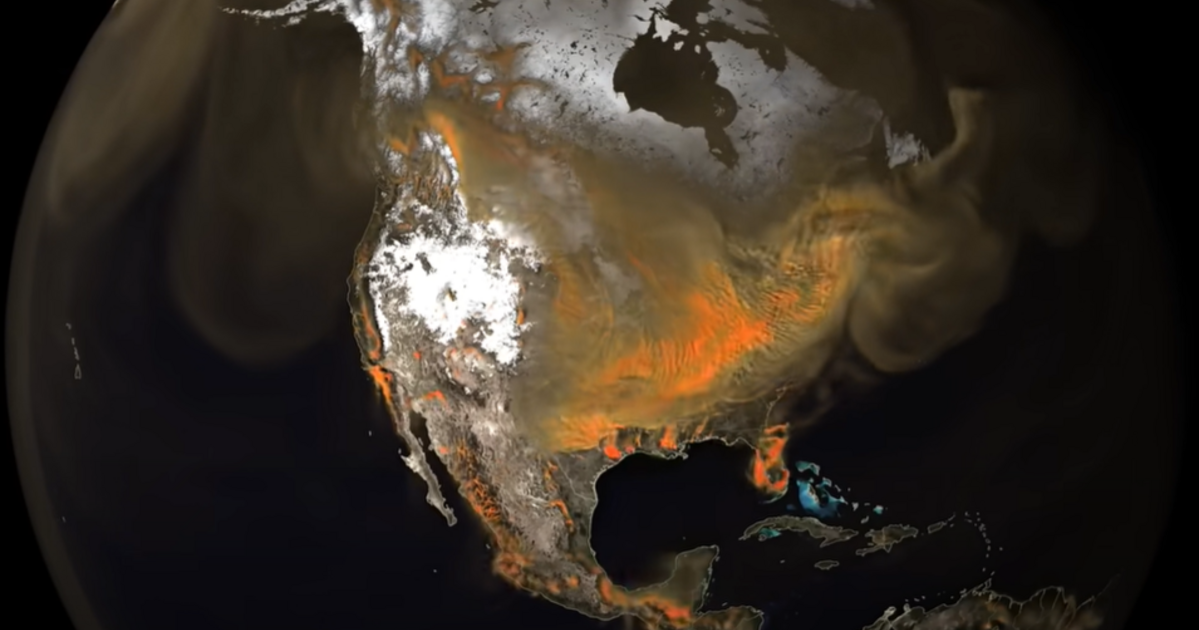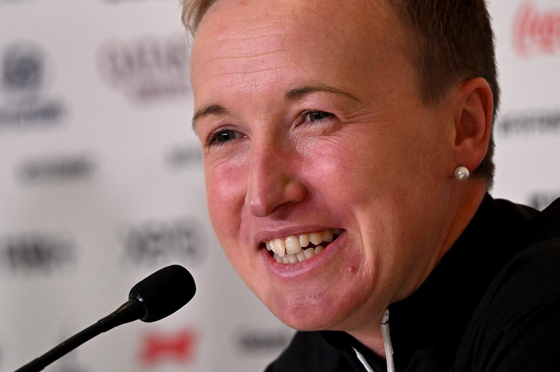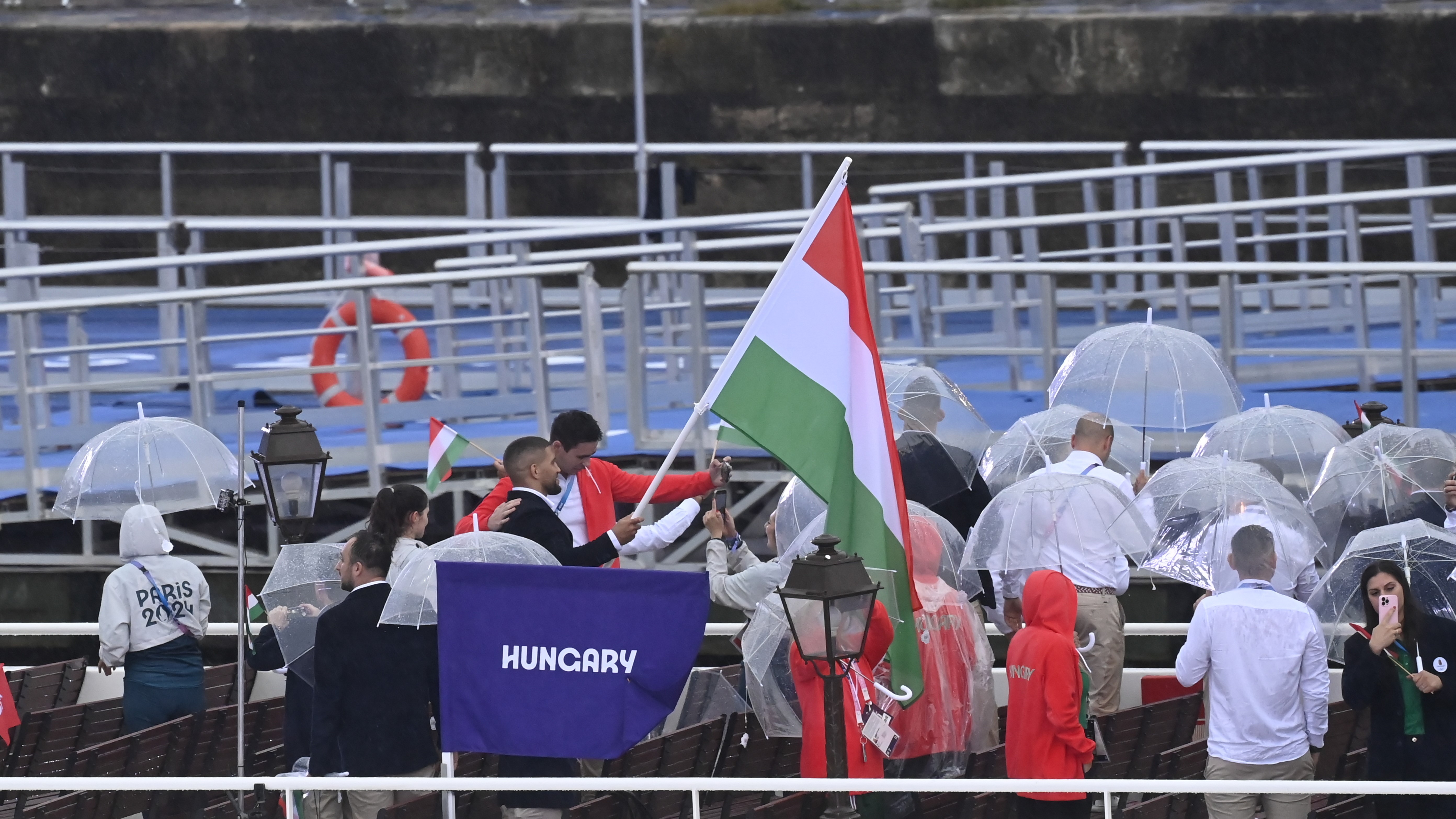A comprehensive analysis has been published previously Greenpeace on the threats facing the oceans. The study contains up-to-date data on overfishing, pollution and the projected impacts of deep-sea mining, and outlines a policy roadmap for saving marine life. In an international petition, the Green Organization calls on countries to immediately ratify the United Nations Convention for the Protection of the Oceans and designate marine protected areas.
Pollution of seas and oceans
The new Greenpeace study, in addition to recent data reflecting the state of our oceans, also includes a policy roadmap on how to protect 30% of the world’s seas by 2030, a 30 x 30 target for the United Nations, based on the Convention to Protect the Oceans, which was announced in March World leaders agreed.
Photo: Kambi Batesina/Getty Images Hungary
The introduction to the report was written by Professor Callum Roberts, whose pioneering modeling methods were used in the 30×30 A Blueprint for Ocean Protection study published by Green World in 2019. The new analysis describes the threats facing the oceans in detail and includes up-to-date data on the development of high seas fisheries. Accordingly, between 2018 and 2022, time spent fishing in our open waters has increased by 8.5% to nearly 8.5 million hours, and this number is also 22.5% higher in protected areas than before. Thus, the trends show that the exact opposite of what is defined in the UNFCCC is happening in reality.
In addition to fishing trends, the report also details that ocean warming, acidification and pollution are placing an increasing burden on marine life, and makes clear that politicians must act immediately.
The article continues after the recommendation
Chris Thorne, marine campaigner at Greenpeace, said:
– The Convention to Protect the Oceans was a historic victory for nature, but as our report underscores, the threats to marine life are getting worse every day. The Convention is an effective tool to protect our oceans, but only if governments urgently ratify and put it into action. They must also designate protected areas where marine life can recover and thrive.
Greenpeace also created an animated short film with the help of Jane Fonda, Camila Cabello and Simon Pegg, which is available here. The cartoon shows the destruction of the oceans through the friendship of three sea creatures.
Currently, less than 1% of the open seas are adequately protected, and to protect 30% of the world’s oceans by 2030, approximately 11 million square kilometers of marine areas must be protected from destruction every year.
Highly protected and protected areas identified on the basis of the United Nations Convention on the Protection of Oceans will be a solution to the sea crisis. They provide a safe haven for marine life and help restore fish stocks.
Based on their ecological importance, Greenpeace recommends that three open marine areas be declared protected first: Emperor’s Bottom in the northwestern Pacific Ocean, the Sargasso Sea, and the Lord Howe area between Australia and New Zealand.

Photo: LightFieldStudios/Getty Images Hungary
– Perhaps there are those who believe that Hungary does not have a sea, so there is no need for it to have a say in political decisions related to the seas. But this is not the case at all. We owe every second breath to the oceans, because half of the oxygen is produced by tiny plants in the seas, called phytoplankton. Sea pollution is not independent of us either. 80% of plastic waste enters the seas from inland areas via rivers and winds. The Danube River, for example, transports 4.2 tons of plastic waste to the Black Sea every day, said Katalin Rodix, an expert at Greenpeace.
Read on: Just ten things make up 75 percent of the waste in the oceans
One of the most comprehensive studies on ocean pollution has been conducted.
(Photo source: Getty Images Hungary.)






